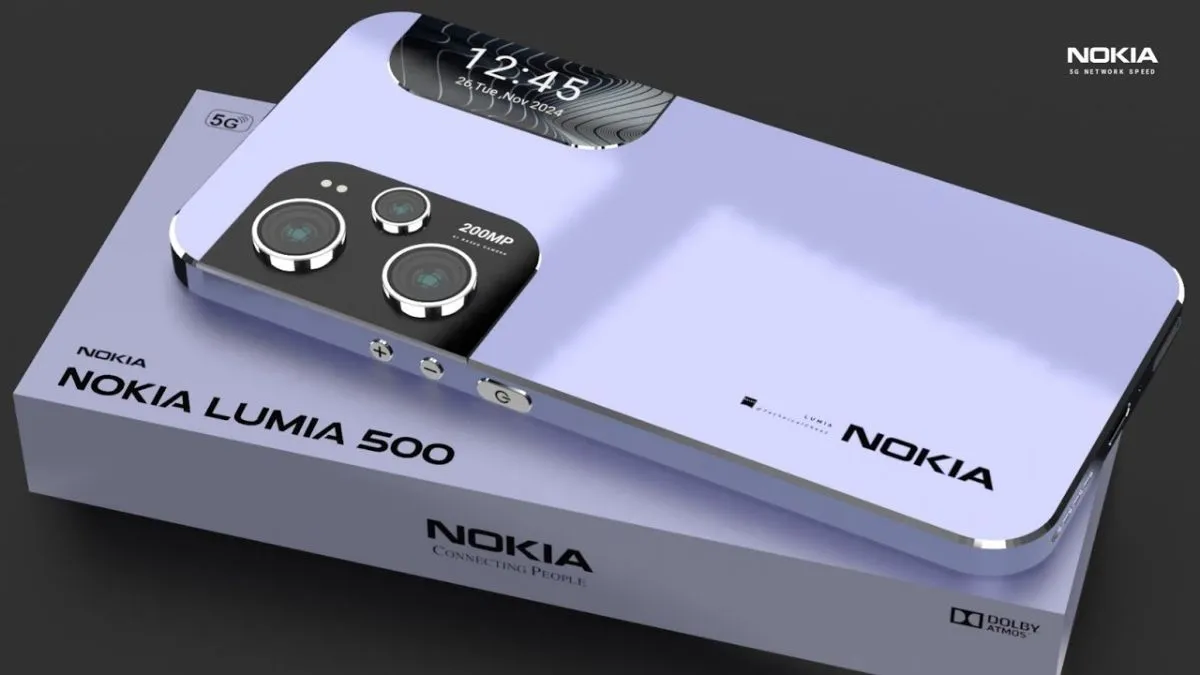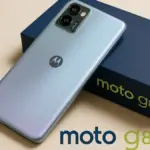Nokia Lumia 500, a smartphone that aimed to bring the core features of the Windows Phone platform to budget-conscious consumers. While not a powerhouse by modern standards, the Lumia 500 played a significant role in shaping the entry-level smartphone experience during its time.
This article takes a close look at the Nokia Lumia 500, examining its design, performance, software features, and where it stands today in the ever-changing mobile landscape.
Compact and Clean Design for Everyday Use
The Nokia Lumia 500 followed the brand’s signature design philosophy—bold colors, rounded edges, and a unibody plastic construction. The device felt solid in hand, thanks to its durable polycarbonate build, and was compact enough for easy one-handed use. With a modest screen size of around 3.2 inches, it prioritized usability over flash.
Available in a range of bright colors including cyan, magenta, and black, it was clear that Nokia wanted to offer more than just a typical budget phone. The physical buttons were tactile, and the display, though basic, was sufficient for basic browsing, texting, and calling. The back panel was removable, giving users easy access to the battery and SIM card slot.
Though minimalist, the Lumia 500’s design had a charm of its own. It was well-suited for students, first-time smartphone users, and those looking for a reliable backup device.
Nokia Lumia 500 – Performance and Software Experience
At the heart of the Nokia Lumia 500 was the Windows Phone operating system, which offered a smooth, tile-based interface. Despite its modest internal hardware—such as a low-end processor and limited RAM—the user experience was surprisingly fluid for light tasks.
The phone was capable of handling essential apps such as messaging, email, calendar, and social media platforms like Facebook and Twitter. The performance was optimized for speed and simplicity, ensuring the phone rarely lagged during day-to-day use. While it wasn’t designed for gaming or multimedia-heavy use, it worked reliably as a communication and productivity device.
The Windows Phone Store provided a curated selection of apps, and Nokia’s own suite—including Here Maps and Nokia Music—added further value to the package. For users unfamiliar with Android or iOS, the Lumia 500 offered a clean and intuitive introduction to the world of smartphones.
Basic Camera and Multimedia Capabilities
As expected from an entry-level smartphone, the Nokia Lumia 500 featured a simple rear camera with basic photography functionality. While it couldn’t compete with higher-end devices, it was adequate for capturing occasional snapshots in good lighting conditions.
Video recording was also supported at standard definition, making it suitable for casual use. The photo gallery and music player apps were neatly integrated, offering a clean media experience for users who didn’t demand too much from their device. The headphone jack and built-in FM radio added to its multimedia appeal, especially for those who enjoyed music on the go.
Lasting Impact and Who It Was Made For
The Nokia Lumia 500 wasn’t about groundbreaking features or cutting-edge performance—it was about accessibility. It opened doors for many first-time smartphone users, especially in developing markets where affordability was key. The device’s simplicity, combined with Nokia’s brand trust, made it a preferred choice for parents buying phones for their kids or elderly users who wanted something easy to navigate.
Its legacy lies in demonstrating how a smartphone doesn’t need to be expensive to be useful. The Lumia 500 served as a stepping stone into the digital age for countless users and proved that user-friendly design could come without a high price tag.
Conclusion: Nokia Lumia 500 – Simplicity That Served a Purpose
The Nokia Lumia 500 might not turn heads today, but during its time, it provided a valuable service: delivering the smartphone experience to those on a budget. Its compact build, straightforward software, and solid reliability made it a favorite among users who needed the basics done right.
Though the Lumia line and Windows Phone OS are now part of mobile history, the Lumia 500 remains a nostalgic symbol of affordable innovation. It stood for functionality without excess, and that’s a concept still appreciated by many even in today’s tech-driven world.








